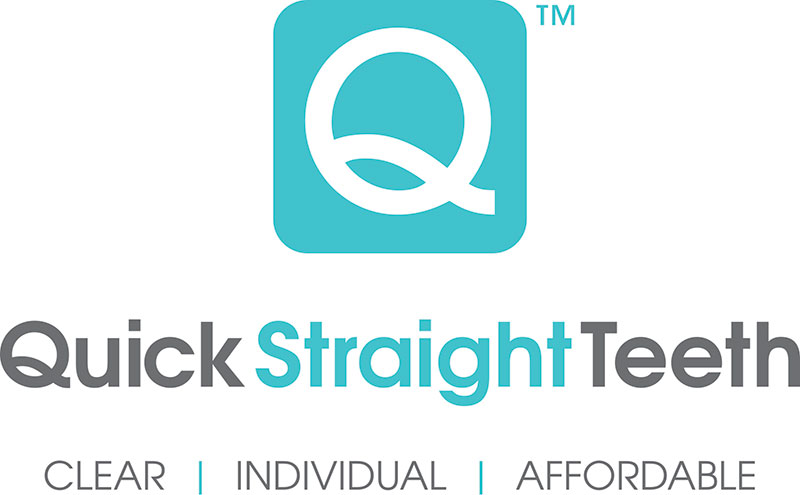Are you self-conscious about missing teeth? It can be a massive hit to your confidence, not to mention impacting the way you eat and speak. Dental implants are often one of the best solutions to replace missing teeth and give you the confidence to smile. If you’re wondering how a dental implant is fitted, we’ll break down the process in this post.
What is a Dental Implant?
A dental implant is a titanium screw that is drilled into the jaw bone. A false tooth is then attached, filling the gap.
Once fitted, the jawbone will eventually fuse to the screw, holding it firmly in place. This gives a solid foundation for the false tooth and you’ll have no problem eating or brushing your teeth once it’s healed.
The Dental Implant Timeline
Having an implant fitted requires multiple sessions, here is what you can expect:
-
Consultation
First, you’ll have a consultation with one of our dentists to check if you’re suitable for an implant. This will involve an examination and an x-ray to ensure your jawbone is suitable for this procedure.
-
Preparation
You may need to undergo some prep work before your impact is fitted. For example, if you’re having a problematic tooth removed and replaced with an implant, the tooth will be removed and given time to heal before the next step. Also, if your x-ray shows that your jawbone isn’t strong enough to hold the implant, you may need a bone graft before going ahead with the implant.
Any preparation work will be explained in full during your initial consultation.
-
Implant Placement
During this session, you’ll get a local anaesthetic which will make your mouth and jaw numb. However, you will usually be awake for the procedure.
Your dentist will make a small incision in your gum and then drill into the jawbone to insert the titanium screw of the implant.
Once complete, this stage will need 2-3 months to heal before the next stage. During this time, your jawbone will fuse to the implant giving a strong foundation for your new tooth.
-
Fitting the Tooth
An impression of your mouth will be taken so the new tooth can be made to match the gap precisely. The new tooth will also match the colour of your existing teeth to give a seamless finish. Once ready, the new tooth is fitted into the screw base permanently in a painless procedure.
-
Follow Up
You’ll have regular follow-up appointments so your dentist can check the bone and gum around the implant are healthy and healing well.
You will have some initial swelling and discomfort but this is normal and will stop after several more weeks. A standard over the counter painkiller will help with the pain while the swelling subsides.
Book a Free Consultation to Discuss a Dental Implant
If you have a problematic tooth or a gap that you are self-conscious about, a dental implant might be the best solution. Call the practice now to book your free consultation to get expert advice and find out more.











